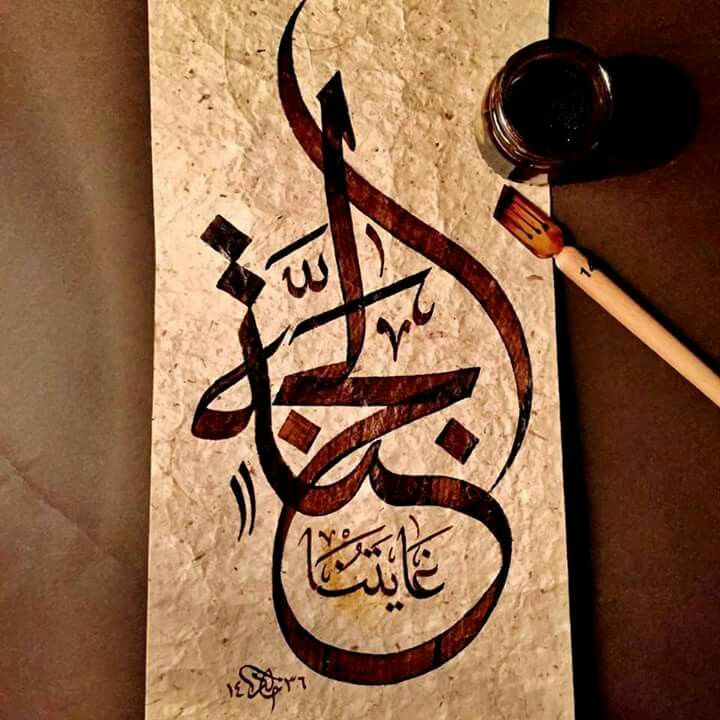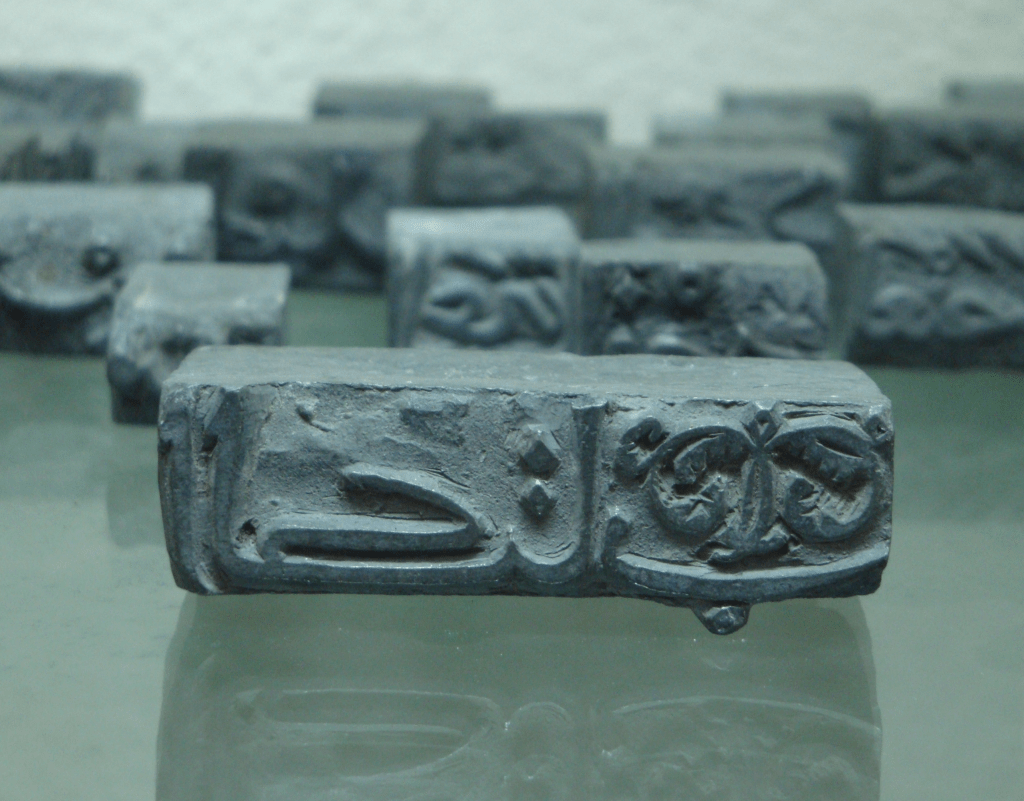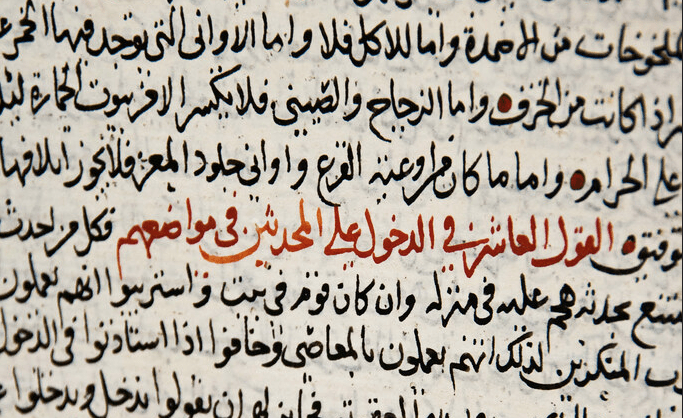The challenges of transitioning Arabic Scripts to the Printing Press.
As our studies progress through the recent centuries and bring us closer to the design elements of the modern era, I began to notice within myself a foreboding sense that I was missing a piece of the puzzle. While I understand that there is only so much time available to us to learn about our design heritage, my curiosity was anxious to look further and see more of the Typography picture.
I find myself mesmerized by the rhythmic forms of Sanskritic languages and captivated by the cursive scripts of Semitic languages. The shapes are entirely unknown to me, and the way that master calligraphers would stylize and interlock the shapes is breathtaking.

So I pondered: what happened between Bi Sheng’s development of movable type in 1050 CE to Gutenberg’s invention of the printing press in 1440 CE? There are deserts, mountains, oceans, and cultures between these two. So why is there little evidence of printing practices in Southern Asia or the Arabian Peninsula? The focus of this investigative process was to discover more specifically about Arabic Scripts from the 15th to 18th century and the hurdles to adapting the language to print.
This timeframe situates me within the Ottoman Empire, where Arabic was the primary script of Muslim tradition. The Islam faith could be found in many areas of the Mediterranean, and in 1538 Paganino Paganini published what was most likely the first printed version of the Quran in Arabic. Although, there is only one reported copy to have survived into the present.

The lackluster endurance of these printed holy texts maybe because the Muslim community reportedly found the printed forms atrocious. Arabic had a long tradition of being handwritten, and there may be evidence that the religious leaders viewed the transcription of religious works as a spiritual practice. Unfortunately, the printed script lacked any hand-drawn qualities they were familiar with, making for poor legibility.
The European printers were also faced with various other challenges. First, there were very few experts of the Arabic script within the social circles of the Printing elites that could assist in the development of punches. So the printers were trying to print the works they were commissioned and adapt their tools with little success.

Beyond available expertise, the written language itself was much more complex than Latin-based languages. For example, Arabic involves many Ligatures and diacritic marks and would require massive libraries of characters to print any work successfully. In addition, the slightly diagonal baseline that is derived from the character height used to comprise the word as a whole does not mesh well with the square structure of Gutenberg printing. This can be summarized as an “Oblique” nature of the script that would overtime shift to a more consistent baseline and allow for printing.

Many other printers all over Europe attempted to devise solutions to this typographical dilemma with varying degrees of success. So there was little development and very few works available to showcase the progression. Eventually, Spanish traders moved a printing press to Lebanon that Abdallah Zakher would utilize in 1733. This was the first seed of printing that was actually taking place in the Middle East. Arabic printing began to improve as the popularity of the press grew. The language was starting to “simplify” some of the “oblique” qualities to adapt to the needs of the technology. Typographers proposed many adaptations to improve the legibility of machine-printed Arabic. Before long, the typewriter and then the digital age dawned on the world, which continued to present challenges for Arabic script.
To summarize, this beautiful language is very complex, and given the opportunity, I would love to learn more about its complexities. Although Arabic script saw a slow progression into printed typography, calligraphy as a creative practice is alive today and provides designers and typographers a creative playground to utilize the language.
Sources:
https://www.myqalamacademy.com/blog/early-origins-of-arabic-calligraphy
https://jhiblog.org/2015/04/15/the-early-history-of-arabic-printing-in-europe/amp/
